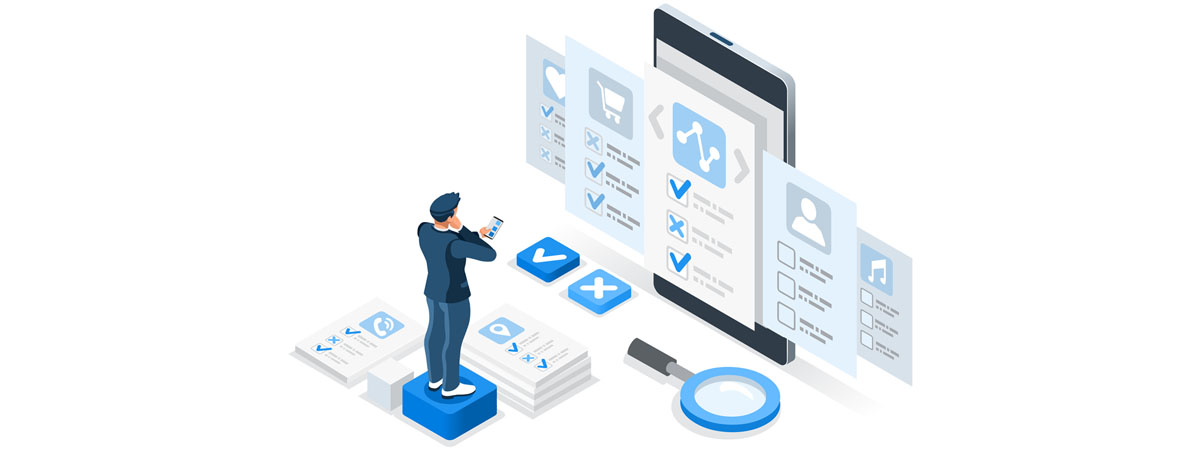How to Convert Customer Wins Into
Growth-Driving SaaS Success Stories
You’re pitching your SaaS platform, your demo lands perfectly, and interest spikes. Then comes the question, “Can you show examples of companies like us?” Too often, the supporting evidence falls flat. Generic testimonials, vague metrics, or legacy case studies miss the mark, risking lost deals when it matters most.
Why SaaS Teams Miss Storytelling Opportunities
SaaS customer success stories get lost due to constant deal-chasing, scattered data, and lack of ownership for narrative creation. Departmental silos keep revenue, retention, and adoption metrics from forming a complete picture. And without proactive effort, even your happiest customers rarely have time for lengthy interviews. Compliance barriers and unclear processes can also delay or dull results, while resource constraints leave marketing teams overwhelmed. It all leads to formulaic, ineffective case studies.
Deployment gaps compound these issues: stories aren’t delivered to sales teams by persona, vertical, or sales stage. Analytics are rarely in place to prove storytelling ROI.
The SaaS Success Story Engine
SaaS marketers need more than ad hoc wins. They need a strategic, scalable workflow. A “Success Story Engine” relies on three integrated pillars:
Identification System
Enable teams to flag high-impact customer wins while they’re fresh. Use automated NPS monitoring, feature adoption tracking, and expansion alerts.
Story Collection Process
Develop targeted interview templates and workflows that capture before/after wins, KPI dashboards, and narrative from multiple stakeholders. Then streamline legal/environmental approvals.
Distribution Strategy
Map case studies to specific sales stages, buyer personas, and industries. Repurpose stories in blog posts, webinars, email drips, and social proof snippets. Analyze performance to optimize content cycles.
How to Build Your SaaS Storytelling Program (Established SaaS Companies)
1. Systematically Source Story Candidates
- Use cross-team alerts for high NPS, measurable ROI, major feature adoption, and renewal expansions.
- Capture stories at the 3-6 month mark post-launch as part of your customer success check-in process.
- Maintain industry and company size diversity for broad appeal.
2. Interview With Outcomes in Mind
- Focus interviews on transformation. What changed, how fast, and for whom?
- Gather before & after metrics, direct quotes, screenshots, and visual proof.
- Secure legal/customer signoff for multi-format use.
3. Craft Buyer-Relevant Narratives
- Use the three-act SaaS story arc: Challenge, Solution, Measurable Results.
- Align each story with distinct personas and verticals.
- Leverage visuals. Charts, dashboards, and infographics drive engagement.
4. Distribute and Measure Success Stories
- Provide sales with searchable libraries filtered by use case and deal stage.
- Automate delivery of success stories through websites, email, and social.
- Regularly audit story performance—double down on formats and themes that drive revenue.
How to Build Your SaaS Storytelling Program (Startup & Small SaaS Companies)
Early-stage or small SaaS businesses face unique constraints: limited customer pools, reduced bandwidth, and fewer internal resources. But you can still build impactful success stories by following targeted, scalable steps.
Start Small & Iterate
Prioritize one or two customer wins to showcase. Select your most vocal advocates or those who’ve achieved clearly measurable outcomes. Request short, informal interviews (15-20 minutes) with outcome-driven questions.
Leverage Simple Formats
Use lightweight formats, such as short video testimonials, annotated screenshots, or short blog posts, instead of formal case studies. Social media shoutouts and customer quotes can deliver impact with minimal effort.
Automate Data Collection Early
Integrate basic NPS surveys and feedback forms into your product. You can flag happy customers as soon as possible. Simplify approvals by offering draft copy for easy customer signoff. And avoid legal bottlenecks by focusing on anonymized results if permission is an issue.
Maximize Distribution
Publish success snippets on your website, newsletters, and LinkedIn. Encourage your featured customers to share within their networks, amplifying your reach with little added cost.
Measure with Essentials
Track engagement with simple means: web traffic, post likes, demo requests, or conversions attributed to the story mention. Assess what’s working, then reinvest in the formats showing influence on sales pipeline.
For small teams, success storytelling requires focus, agility, and an emphasis on genuine relationships and quantifiable wins. These foundational steps build authority, trust, and pipeline, enabling long-term growth.
Pro Tips to Drive Maximum Impact
- Lead with business transformation, not just features: “reduced churn by 35%” always beats “deployed new dashboard.”
- Prioritize specific, quantified outcomes and challenge resolution to preempt objections.
- Match language and details to buyer context. Persona alignment is critical!
- Refresh stories over time, adding new metrics and formats as customer success grows.
- Train your team to deploy stories at the touchpoints of highest influence. Continuously track which stories shorten sales cycles most.
Build Your Success Story Engine Now
Your customer wins are your strongest sales tool if you capture & deploy them effectively. This quarter, launch your first story using the framework here. Identify three customers with transformative results. Schedule brief outcome-focused interviews. The result will be faster deals, more trust, and growth.
TL;DR
Transform customer wins into compelling SaaS success stories by implementing a systematic framework: identify story-worthy customers, collect quantifiable outcomes, craft impact-driven narratives, and strategically distribute content across marketing channels to earn trust and drive revenue. Actionable tactics, interview templates, and measurement tips included.


Leave A Comment